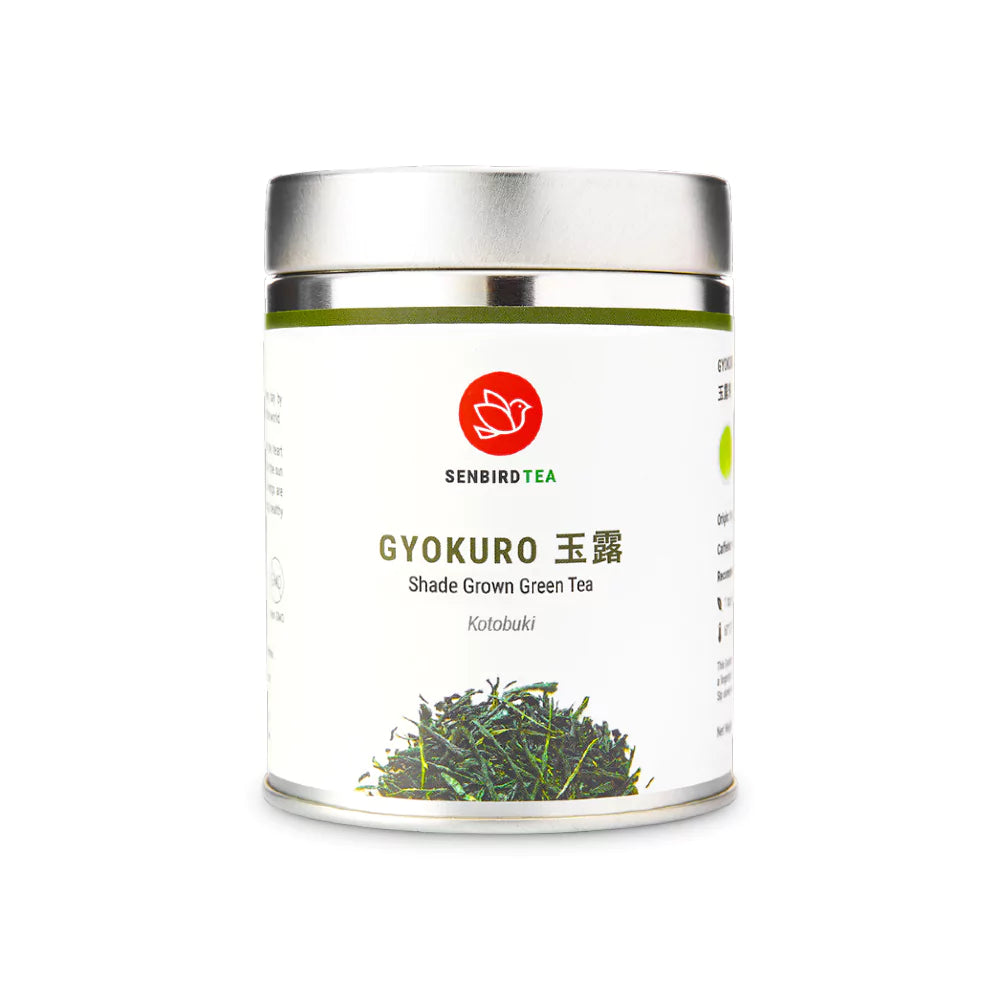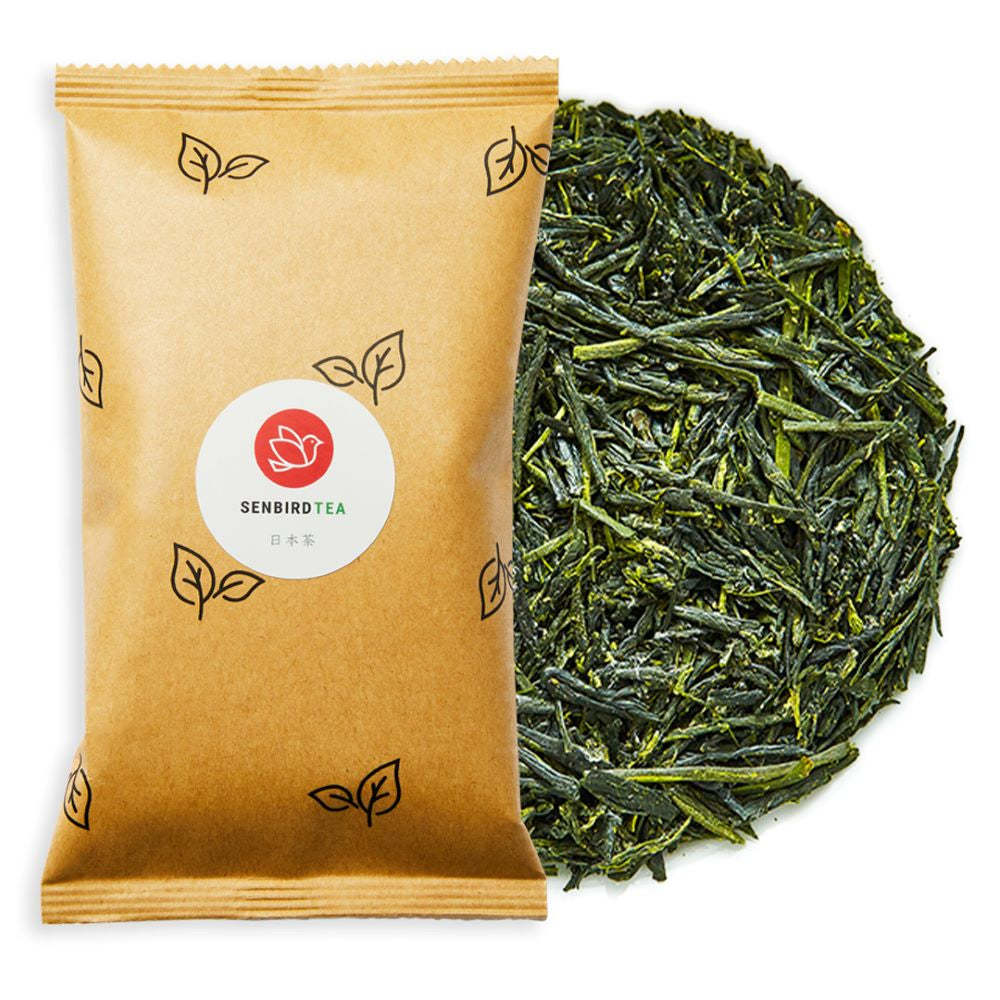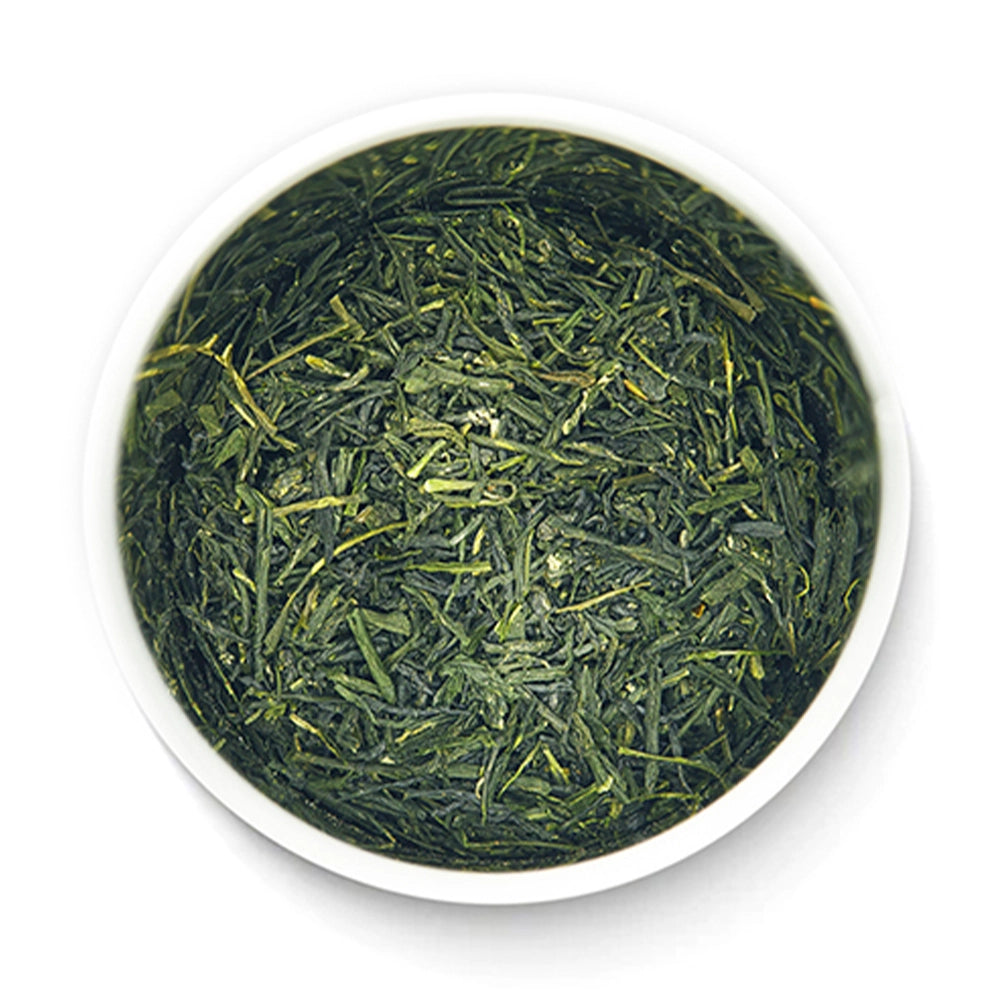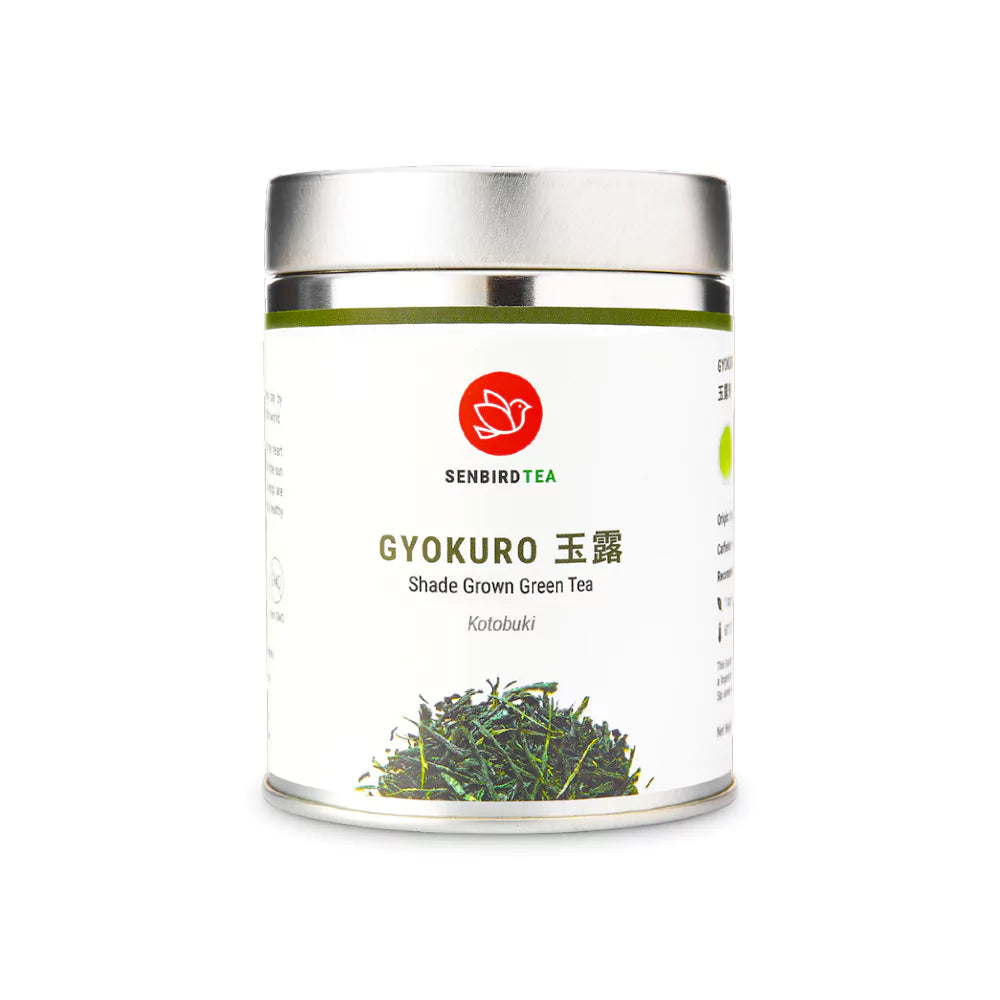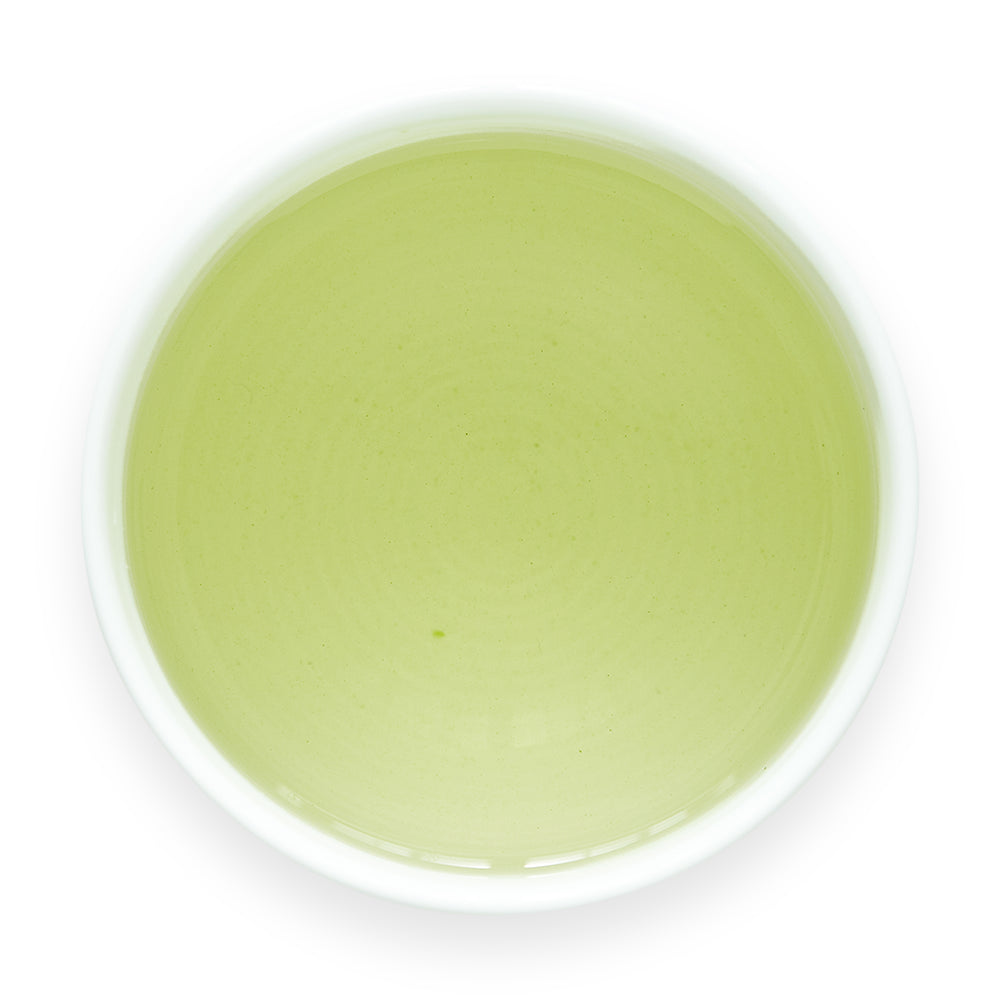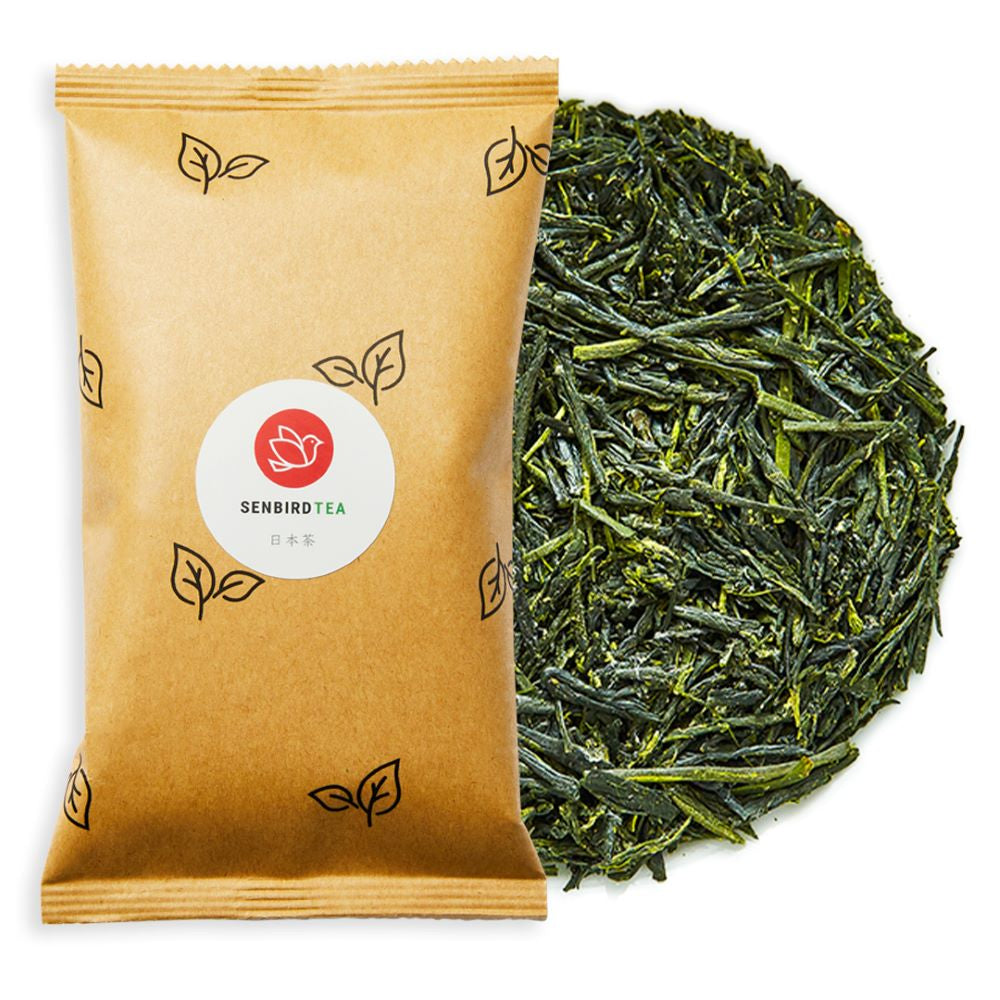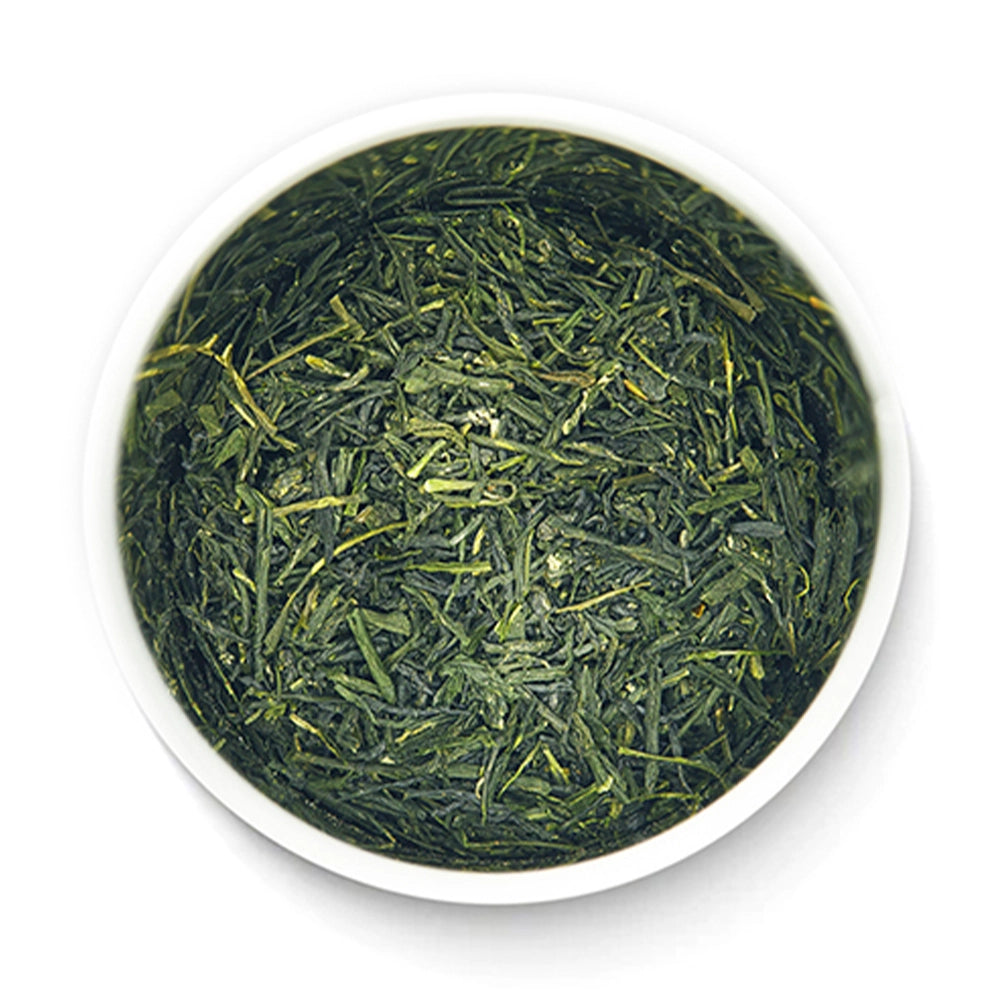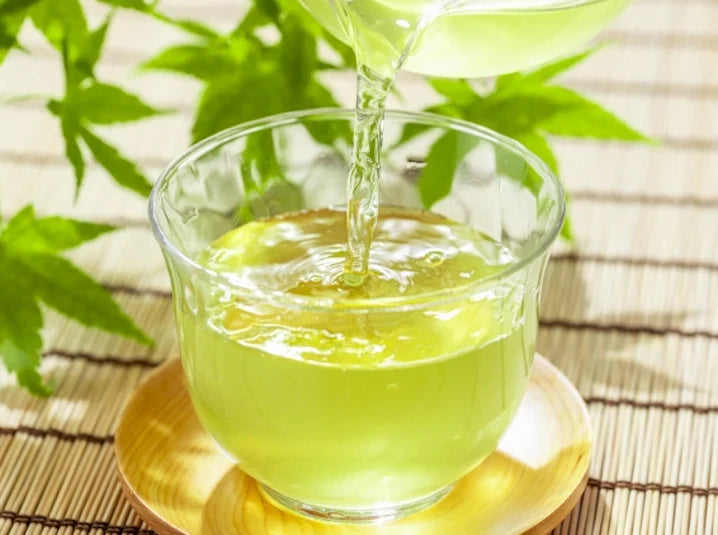
How to Brew Gyokuro Green Tea
As the world slowly wakes up, there is a serene moment perfect for enjoying a cup of gyokuro green tea. This premium Japanese green tea is recognizable by its rich umami flavor and dark emerald leaves, which leave a smooth and refined taste with notes of sweetness. It's also high in natural caffeine, offering the mental clarity ideal for starting one's day. Because gyokuro tea leaves are shade-grown and steamed, they are delicate, requiring a more complex brewing process. To fully indulge in the nuanced flavors, aromas, and health benefits of this premium green tea, gyokuro brewing parameters should be carefully observed.
Below, we guide you through the steps on how to brew gyokuro green tea that captures the full essence of its delicate flavors.

1. Select Quality Gyokuro Green Tea Leaves
- Gyokuro green tea leaves (approximately 10 grams for 2 servings).
Selecting high-quality gyokuro leaves ensures the best flavor and aroma in your final cup. Gyokuro also comes in various taste profiles, so selecting the one that suits your preferences is key. For example, we offer 3 distinct profiles of gyokuro that range in umami flavor, sweetness, and astringency. Gyokuro Isshin features a mellow umami flavor with a unique sweetness, Gyokuro Kotobuki is known for its aromatic, rich umami taste with a lingering sweetness, and Gyokuro Mikado offers a savory umami taste with notes of seaweed.

2. Prepare Your Gyokuro Green Tea Equipment
- Kyusu or any small teapot with a fine mesh strainer
- Tea cups
- Thermometer
Having the right equipment enhances the brewing process. A kyusu, a traditional Japanese teapot, is ideal for gyokuro due to its fine mesh strainer and size. However, if you don't have a kyusu, any teapot with a fine mesh strainer will work just as well. Using a brewing vessel with large enough space for the tea leaves to expand will ensure that the maximum flavor and nutrients are extracted from the gyokuro leaves, resulting in a more fragrant cup.

3. Heat and Temperature the Water for Gyokuro Green Tea
- Heat fresh, filtered water until boiled
- Pour water into cups to warm the cup and cool down the water
- Our recommended water temperature for gyokuro is 122°F (50°C) to 140°F (60°C)
The key to brewing Gyokuro is to use low-temperature water. First, bring the water to a boil. Then, pour the water into your tea cups to warm the cups and cool down the water to the recommended temperature range. As the most delicate and premium green tea, gyokuro requires this specific temperature to extract its buttery, smooth, and delicate umami flavors without introducing bitterness.

4. Brew and Serve the First Infusion
- Add 5 ounces (150 ml) of 122°F (50°C) to 140°F (60°C) water to the kyusu
- Cover and let steep for 1.5 – 3 minutes
Rinse and add your Gyokuro tea leaves to your kyusu or teapot. Then, 150 ml of the cooled down water over your rinsed Gyokuro leaves. Cover the kyusu and let the leaves steep for 1.5 to 3 minutes. This gentle brewing time allows the leaves to release their full flavor without becoming bitter. You may also experiment with different brew times and temperatures to find your preference.
Carefully pour the brewed Gyokuro into your teacups slowly and evenly. The first infusion should be rich and full-bodied, with a beautiful green color.

5. Enjoy Multiple Infusions
Gyokuro leaves can be steeped multiple times. For the second and third infusions, reduce the steeping time to about 30 seconds, using the same temperature range of 122°F (50°C) -140°F (60°C) water. Each infusion will then bring out new nuances in flavor. After your infusions, you can repurpose the green tea leaves in your garden, such as making mulch or compost tea, or even in furikake, a versatile seasoning you can enjoy with rice.
Brewing gyokuro is a meditative process, offering a moment of tranquility and appreciation for the artistry of Japanese tea. The careful cultivation and the shading process of gyokuro leaves result in a tea that is rich in theanine, an amino acid known for promoting relaxation and mental clarity. Enjoy the calming ritual and fragrant taste of this premium green tea, perfect for a quiet morning or a peaceful afternoon break.
🍵 Did you make this? Snap a pic and tag us on Instagram at @senbirdtea or #senbirdtea. We’d love to see your creation!
If you want to read more articles on gyokuro, check them out here:
- How to Make Kooridashi Ice Brewed Gyokuro
- Why is Gyokuro Shade-Grown Green Tea Expensive?
- 6 Health Benefits of Gyokuro Green Tea
- Caffeine in Japanese Green Tea
- The 4 Health Benefits of Drinking Tea
- Ultimate Guide to Japanese Green Tea
Share your moment with us and stay connected on:







